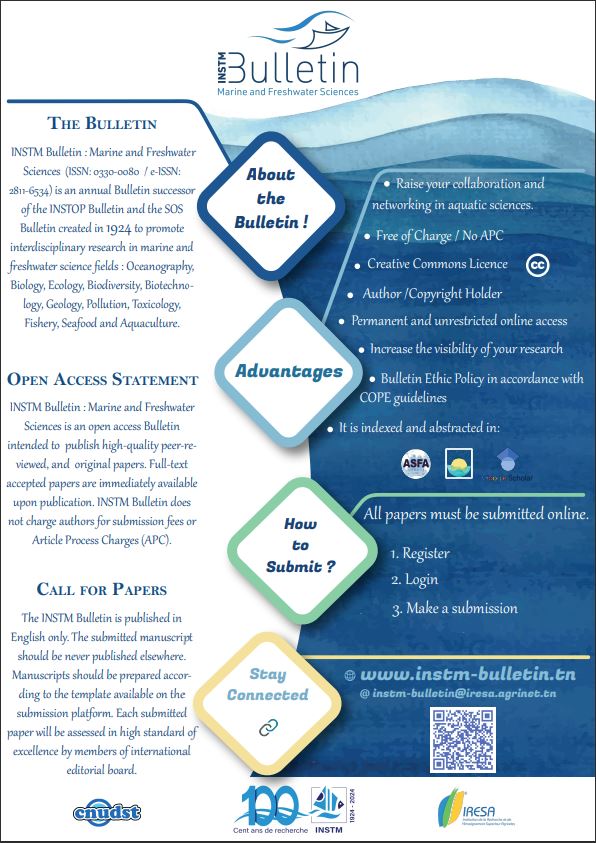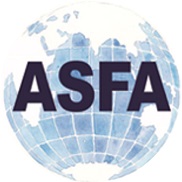Temporal evolution response of meiofaunal taxa exposed to permethrin in mesocosms
Keywords:
Evolution, Pesticides, Density, Profiles, Mesocosms, Microcosms, Marine, MED, Tunisia, Bizerte, Bizerte lagoonAbstract
The effects of three sublethal concentrations of permethrin (50, 100 and 150 µg.l-1) on the dominant meiofaunal taxa (free-living nematodes, copepods and polychaetes) were determined during 25 days. The effects were also assessed following 5 time sections (5, 10, 15, 20 and 25 days) to describe the temporal evolution response of meiofaunal taxa. The average density of nematodes exposed to all permethrin concentrations exceeded significantly those in the controls and showed a significant fluctuation time and concentrations dependent. The average density of copepods decreased since 5 days and remained related to concentrations. This taxon was completely eliminated after 25 days from the treated mesocosms by C2 (100 µg.l-1) and only after 15 days in microcosms treated by C3 (150 µg.l-1). The average density of the polychaetes was reduced after 10 days by about 36.66 % in mesocosms treated with C2 and by 43.85 % for those treated with C3. A complete elimination of polychaetes was observed after 15 days of exposure in the C3 treated mesocosms as well as a reduction of 51% for the C2 treated microcosms. The meiobenthic communities’ response related to time and contaminant proportion is useful to follow the evolution profiles of their reaction to permethrin contamination.









